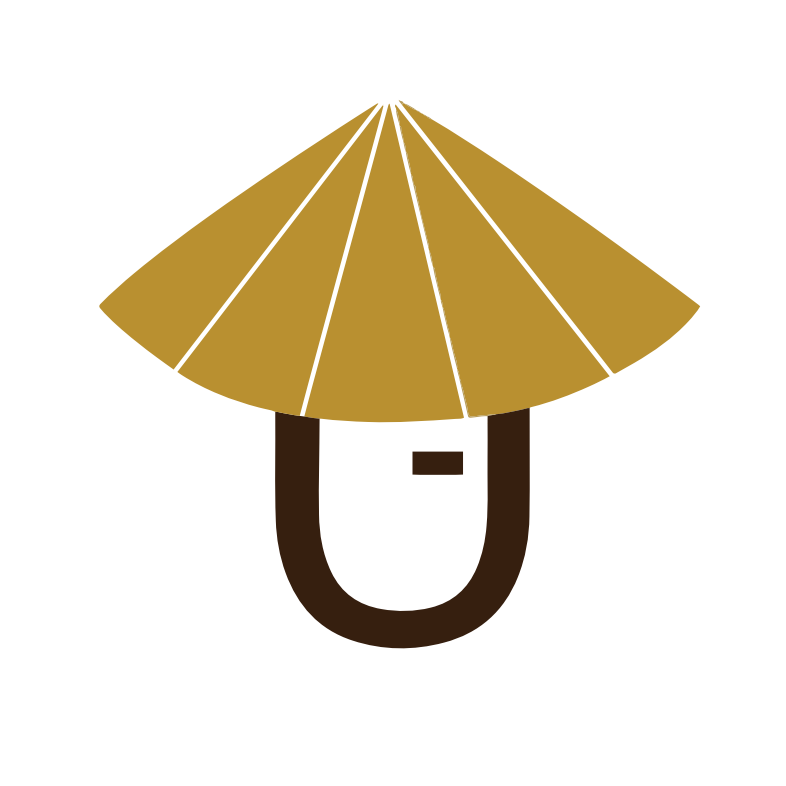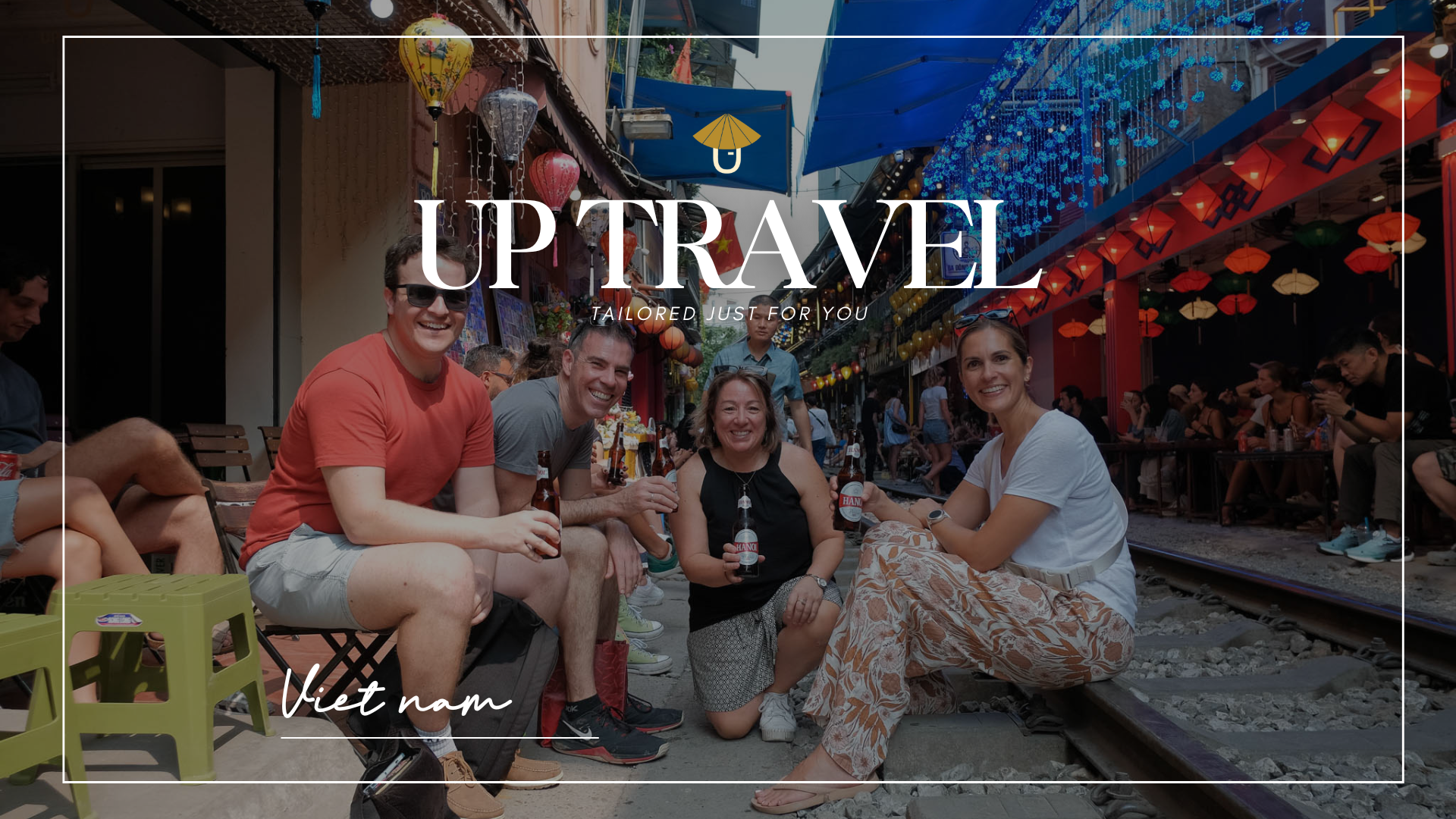Vietnam – The Land of the Most Exquisite Natural Spices in the World
In Vietnam, culinary traditions are as diverse and vibrant as its landscapes. Among the many treasures that define this nation’s rich heritage, the country’s natural spices hold a special place. With a history steeped in ancient trade routes and local wisdom, Vietnam is celebrated worldwide for its authentic and aromatic spices that enhance its renowned cuisine. Join us on a journey through Vietnam’s spice heritage, where nature and tradition come together to create flavors that enchant chefs and home cooks alike.
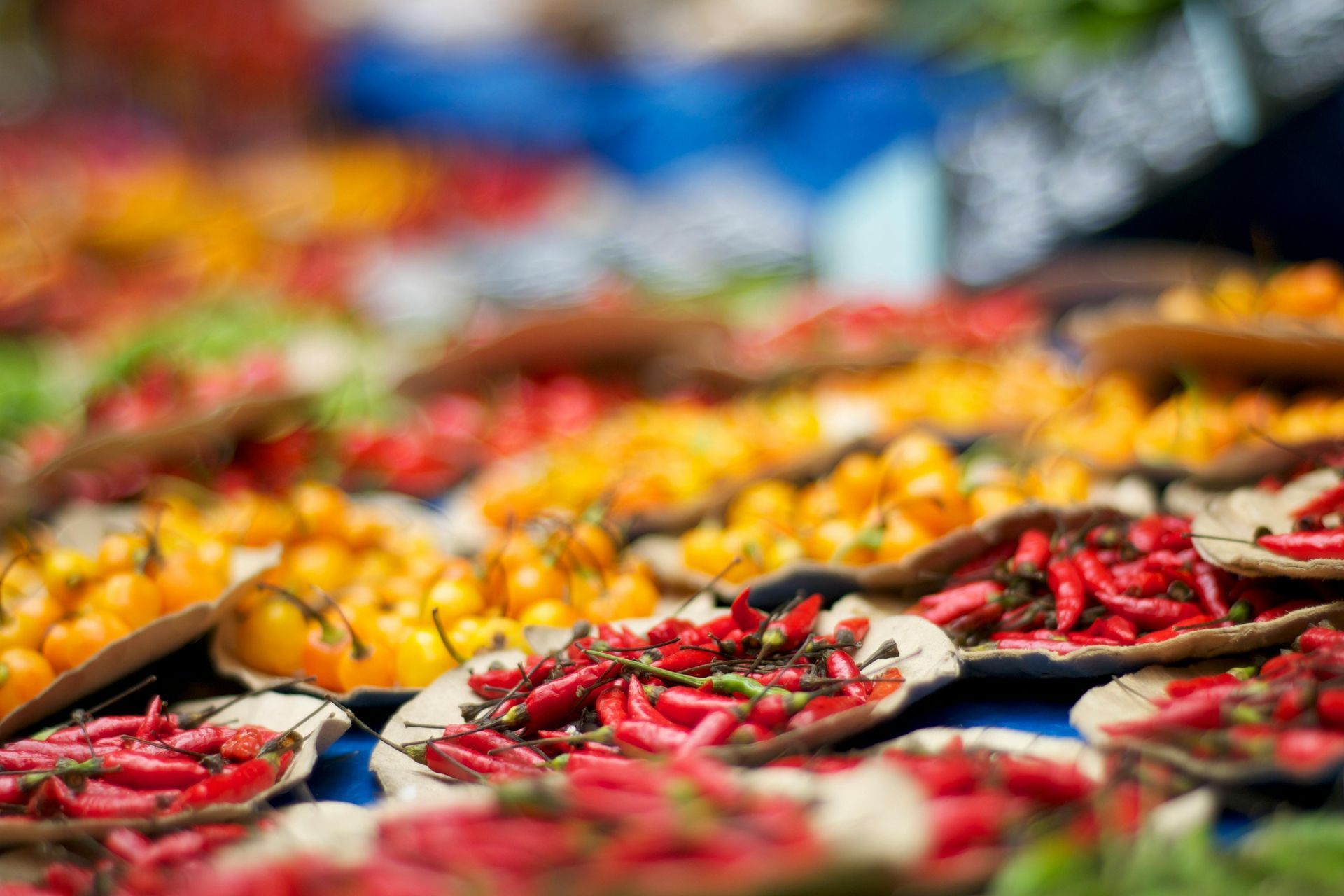
A Legacy of Flavor and Tradition
Vietnam’s spice culture is rooted in its fertile soils and diverse climates. From the misty highlands to the lush river deltas, the country’s varied geography creates an ideal environment for cultivating a wide array of spices. Generations of farmers have honed their craft, passing down age-old techniques that ensure the purity and potency of each spice. This legacy is not only a culinary asset but also a source of national pride.
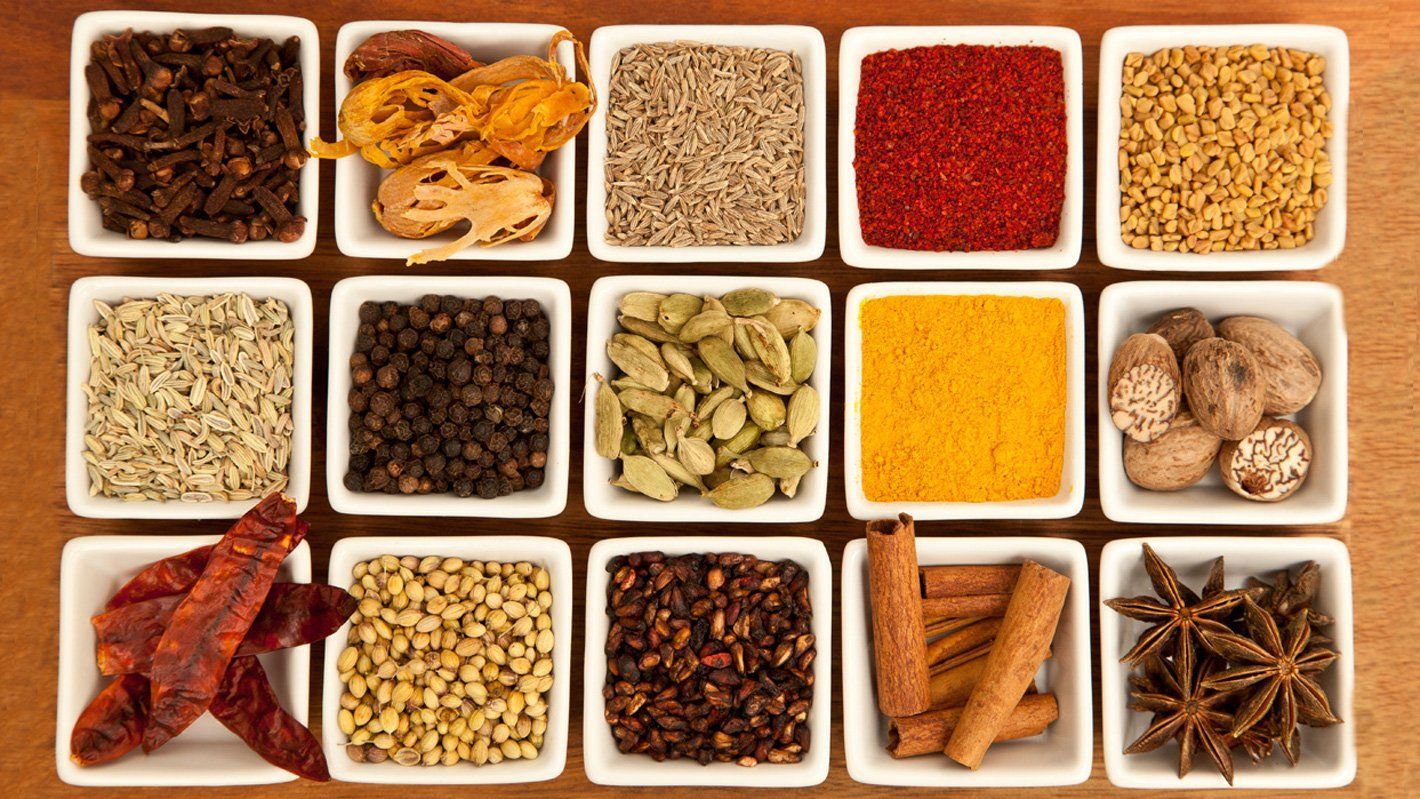
At the heart of Vietnamese cuisine lies a passion for natural ingredients. Star anise, with its unique star-shaped pods and sweet, licorice-like aroma, is indispensable in many iconic dishes such as pho. Its captivating scent and distinctive flavor have made it a symbol of authenticity in Vietnamese cooking. Similarly, cinnamon grown in Vietnam is known for its delicate balance of warmth and spice, setting it apart from varieties produced elsewhere.
The Aromatic World of Vietnamese Spices
One cannot mention Vietnamese spices without highlighting the importance of star anise. Its bold flavor profile elevates soups and stews, imparting a nuanced depth that transforms everyday meals into culinary masterpieces. In traditional kitchens, star anise is carefully selected and dried to preserve its natural oils—a process that has remained largely unchanged for centuries.
Cinnamon, another prized spice, thrives in Vietnam’s rich, volcanic soils. Its subtle sweetness and gentle spiciness enhance both savory dishes and desserts, creating a harmonious blend of flavors that delight the senses. Alongside these well-known spices, Vietnam also produces an abundance of lemongrass, turmeric, ginger, and chili, each contributing to the country’s dynamic flavor palette. These ingredients are used not only to create mouthwatering dishes but also to promote health and well-being, echoing the close connection between food and traditional medicine in Vietnamese culture.
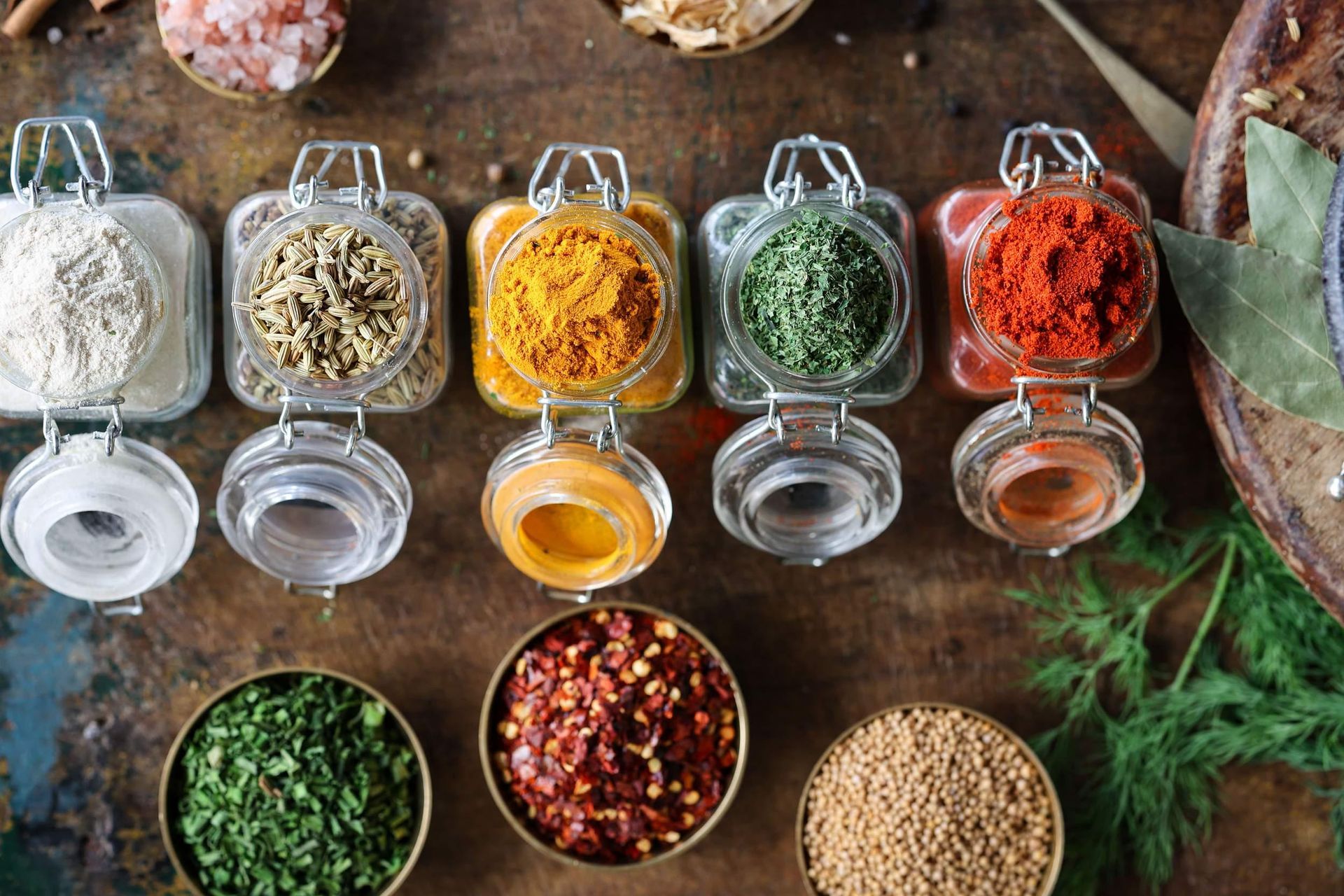
Regional Diversity: A Spice for Every Story
Vietnam’s regional diversity is reflected in its spice production. In the northern provinces, cooler climates favor the growth of delicate herbs and spices that bring freshness to hearty mountain dishes. Here, the balance between savory and aromatic notes is essential for creating comforting meals that have been passed down through generations.
Moving south to the Mekong Delta, the warm, humid environment fosters the cultivation of robust spices. Farmers in these regions nurture crops like turmeric and ginger with great care, ensuring that every harvest is a testament to the resilience and ingenuity of local agriculture. The flavors developed in these southern fields are characterized by their intensity and complexity, making them a vital component of the region’s culinary identity.
Spices in Everyday Life and Healing
In Vietnam, natural spices are far more than mere flavor enhancers—they are an integral part of everyday life and traditional medicine. Many households continue to use these spices in home remedies, drawing on the ancient belief that nature provides both nourishment and healing. Turmeric, renowned for its anti-inflammatory properties, is a staple in both the kitchen and the medicine cabinet, while ginger is celebrated for its ability to soothe and invigorate.
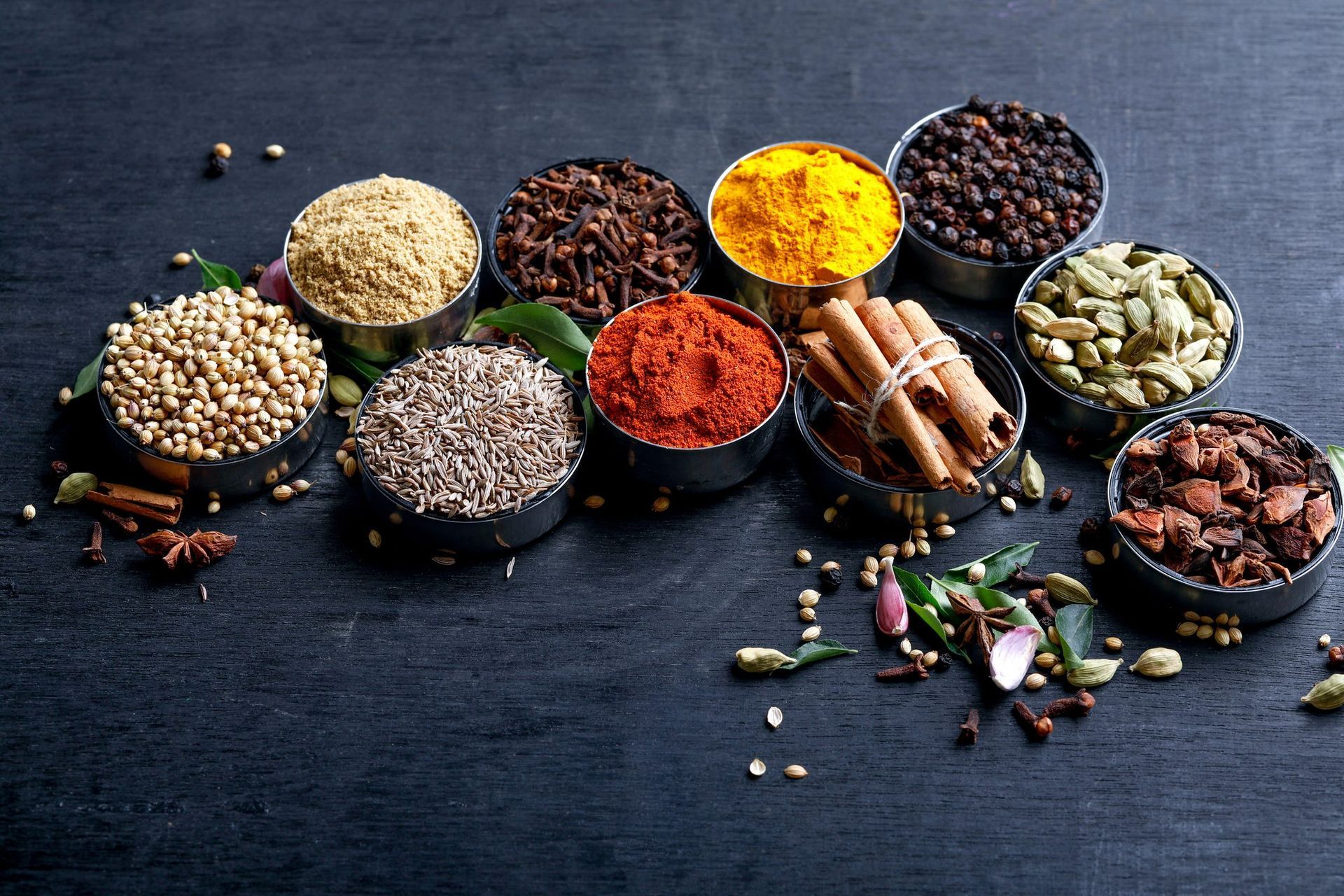
This holistic approach to food and health is woven into the fabric of Vietnamese culture. A steaming bowl of pho, rich with the aroma of star anise and cinnamon, is not only a meal but also a comforting tonic that warms the body and soul. Similarly, herbal teas infused with lemongrass and mint are enjoyed for their refreshing qualities and natural healing benefits. In Vietnam, every spice tells a story of care, tradition, and an enduring connection to the earth.

A Global Impact and Sustainable Future
Vietnamese spices have not only influenced local kitchens but have also made a significant impact on international cuisine. Exported to markets around the world, these natural ingredients have become synonymous with quality and authenticity. As global demand for organic and sustainable products grows, Vietnam’s commitment to eco-friendly farming practices ensures that its spice legacy will endure for generations.
Local farmers and producers are increasingly embracing sustainable methods that protect the environment and support community development. By prioritizing fair-trade practices and investing in renewable resources, Vietnam is setting a standard for responsible agriculture. This focus on sustainability ensures that the rich, aromatic spices of Vietnam continue to flourish, both in local dishes and on dining tables around the world.

Vietnam is a land where every spice is a story—a narrative of nature, culture, and passion. From the intoxicating allure of star anise to the warm embrace of cinnamon, the country’s natural spices offer a sensory experience that transcends ordinary cooking. They connect us to centuries of tradition and invite us to explore the deep-rooted wisdom of Vietnamese culinary art.
At Up Travel, we believe that every journey begins with a taste. Whether you are a seasoned gourmet or an adventurous traveler seeking new flavors, let the exquisite spices of Vietnam ignite your senses and inspire your culinary adventures.
Join us in discovering the magic of Vietnam’s spice heritage—a journey that promises to enrich your palate and leave you with memories as enduring as the flavors themselves - Tailored Just For You

